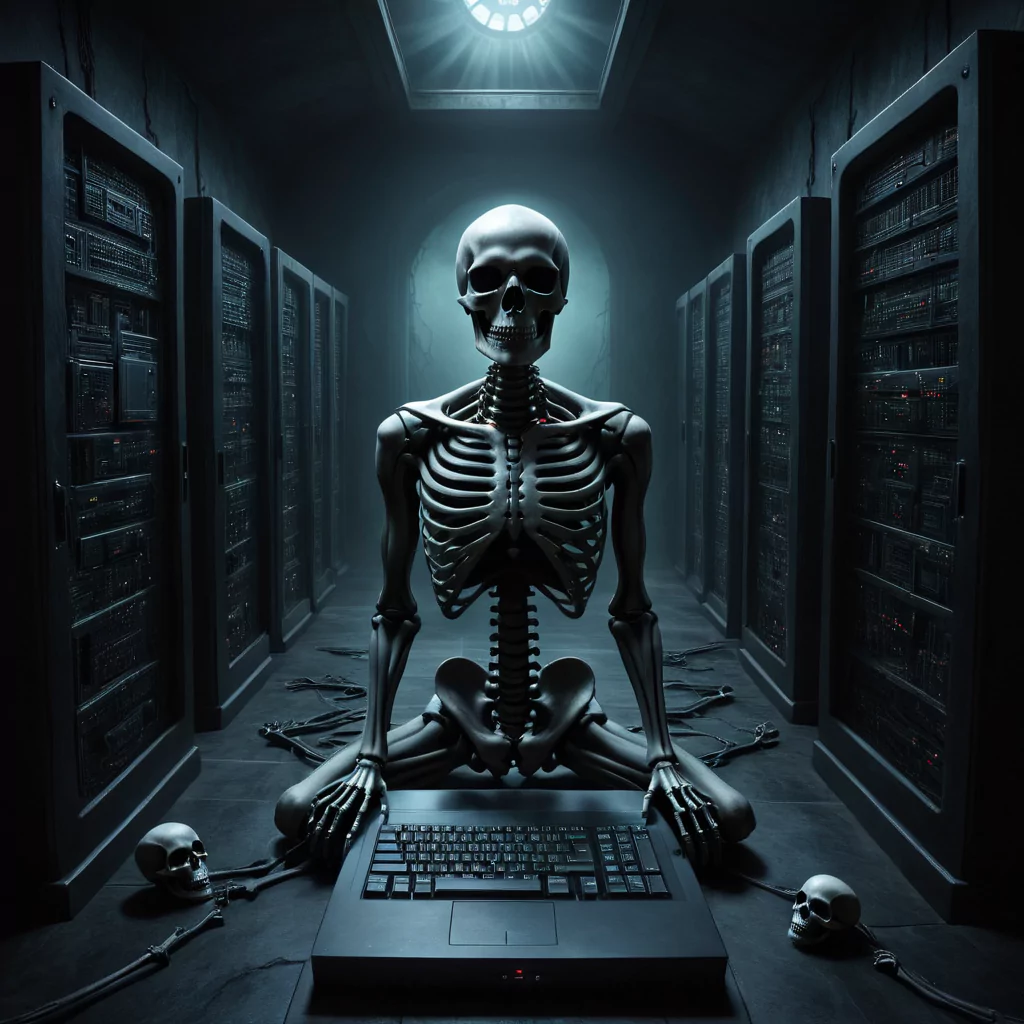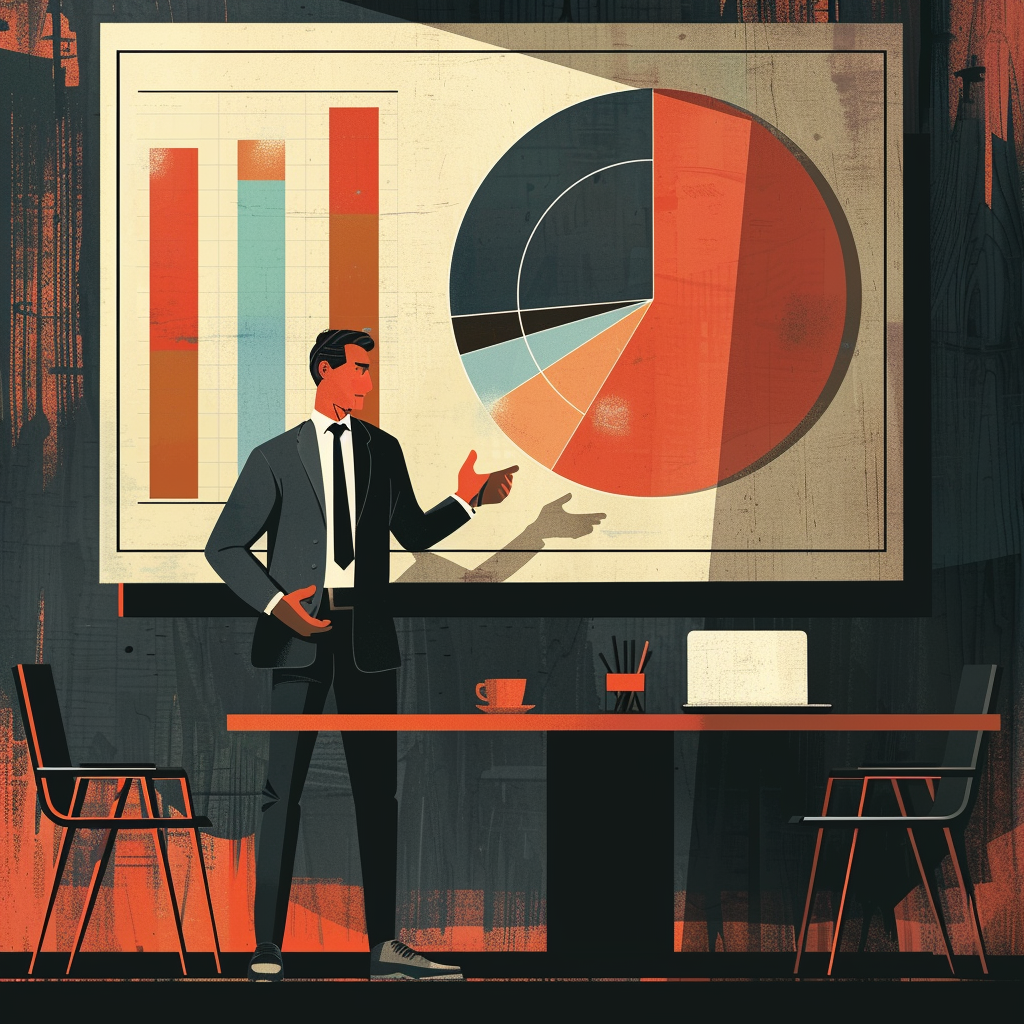Get to Know What Negative Prompts are and how to use them to create stunning images
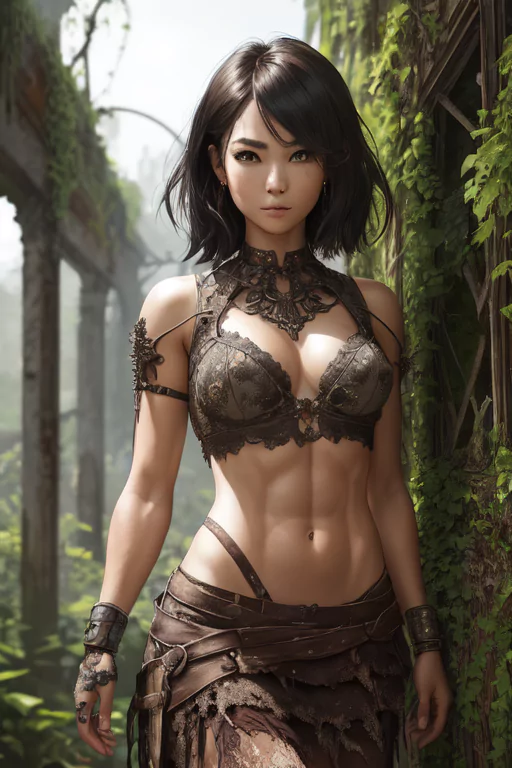
Stable diffusion is a text-to-image AI generative art tool that is free to use. It takes users input in the form of prompts and creates images from this data. It uses a complex process that involves the use of AI and machine learning to create the images you see.
You might be familiar with some of the parameters stable diffusion uses, but are you using the negative prompt correctly? It’s well known that a lot of people using stable diffusion don’t spend enough time focusing on the quality of their negative prompt. A high quality prompt will help you create much more appealing images. If you neglect this feature your images might fall a little short of what you were expecting.
This stable diffusion guide has been created to help users learn the basics of writing a prompt that is good enough to generate images that they would like too see, instead of just a mix match of non logical imagery.
So What is a Negative Prompt?
A negative prompt is a way to tell Stable Diffusion what you don’t want to see in your generated images. It is a useful parameter that should be used when you try to generate images with stable diffusion.
Negative prompting is a way to influence your generations to not turn out a certain way. One common way people will use this form of prompting is to increase the image quality. They might use words like “bad art”, “blurry” or even pixelated. This is in an attempt to remove those qualities form an image. By using a well prepared negative prompt, “ai artists” can try to control their final image generations.
Picture this you keep generating an image of a person but in the background there is a duplicate of the character. No matter what prompt you enter it keeps showing this same image. This is where you would head over to the negative prompt section and paste in “duplicates, duplicate”, this should remove the duplicated image.
It’s much easier to use this parameter to remove characteristics from a generated image if you had put “no duplicates” in your regular prompt, chances are you would have still got the same image issues.
How To Use Negative Prompts within Stable Diffusion
You might already be up and running with stable diffusion. Generated a handful of images and understand the basics of how to use this tool. But have you started using negative prompts yet? If you have did you have any issues?
There is only one way you can add a negative prompt to stable diffusion and that is by pasting it in the correct location as seen in the image below:

This is directly below your regular prompt entry form. Majority of these kind of prompts are just simple keywords like: “bad art, bad hands, poor image, blurry, ugly” etc. Please note these kind of prompts can seem a bit mean at a times, but we really need to be specific on what image we want stable diffusion to create for us.
We are going to show you a quick example of the differences between not using and using this parameter setting.
This is our prompt:
a girl, Standing with arms crossed and a serious expression, looking down at the ground, in the nighttime, skinny, abs, ribs, flat chested, small breasts (perfect anatomy), (detailed eyebrows, beautiful eyes, realistic skin, detailed face:1. 3), A-line skirt, small crop top, Black shiny hair, Short Messy hair, (intricately detailed post apocalyptic ruins ((intricately detailed rusty decayed overgrown building)) , ultra realistic, concept art, elegant, highly detailed, intricate, sharp focus, depth of field, f/1. 8, 85mm, medium shot, mid shot, (centered image composition), (professionally color graded), ((bright soft diffused light)), volumetric fog, trending on instagram, trending on tumblr, hdr 4k, 8k
Sure it’s a little in depth, but that’s what we do here, we like to pretend we are prompt engineers. Now let’s see what our image looks like:
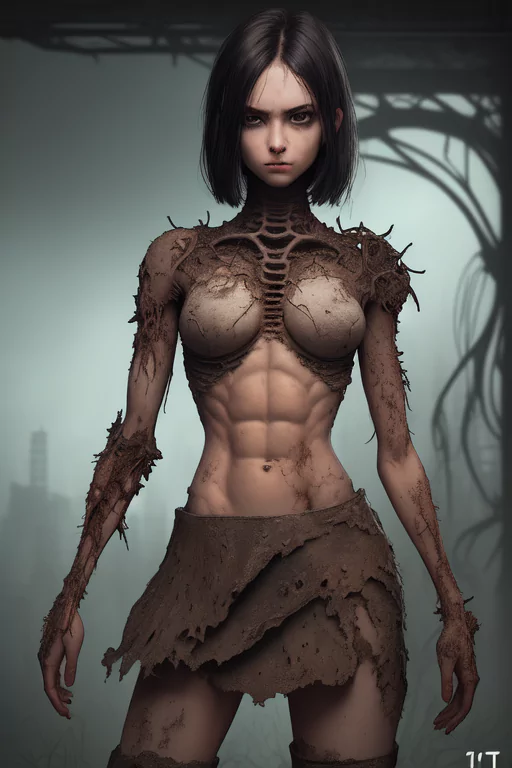
Now, let’s try adding a basic generic negative prompt. This prompt is what you would use for a wide range of images, as it covers a lot of bases.
lowres, text, error, cropped, worst quality, low quality, jpeg artifacts, ugly, duplicate, morbid, mutilated, out of frame, extra fingers, mutated hands, poorly drawn hands, poorly drawn face, mutation, deformed, blurry, dehydrated, bad anatomy, bad proportions, extra limbs, cloned face, disfigured, gross proportions, malformed limbs, missing arms, missing legs, extra arms, extra legs, fused fingers, too many fingers, long neck, username, watermark, signature
With the use of this negative prompt we get the below image:
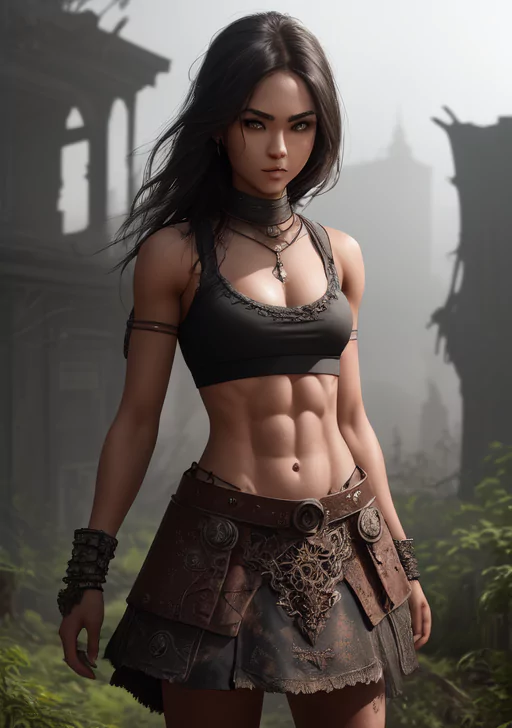
As you can see the image has had some improvements. We can actually perfect this even more with what are known as embeddings. These are files that you can download and add directly to your negative prompt. One of the more well known embedding is known as EasyNegative – it helps users create better quality hand drawn art.
Once you download an embedding you will need to place it in your stablediffusion/embeddings folder. If you want to use this in your negative prompt you will need to write the exact name of the file in this section. So if it’s called “easynegative.safetensors” you will need to write “easynegative” in order for it to work.
Of course there are other things you can do to make your image look even better, like using custom LoRA files or just increasing the number of steps required to create your image. But a good foundation to start with is with a really good quality negative prompt, without this you are going to end up with issues down the line.
Here is what our image looks like when we use a custom embeddings file:

As you can see in the above image this new edition tries to draw a more crisp, clear image. It is up to you if you choose to use embeddings or not. If you are struggling to use stable diffusion you can always check out our stable diffusion cheat sheet.
The Default Negative Prompt List For Stable Diffusion
We have thrown together a basic universal negative prompt list that you can us with stable diffusion. Not all of these prompts will be useful for your image so please read through them before adding them to your generation.
We feel this list covers most bases when it comes to image generation:
- bad anatomy
- bad proportions
- bad hands
- extra arms
- extra fingers
- extra legs
- extra limbs
- fused fingers
- gross proportions
- jpeg artifacts
- long neck
- low quality
- lowres
- blurry
- cloned face
- cropped
- deformed
- dehydrated
- disfigured
- duplicate
- error
- malformed limbs
- missing arms
- missing legs
- morbid
- mutated hands
- mutation
- mutilated
- out of frame
- poorly drawn face
- poorly drawn hands
- too many fingers
- ugly
- signature
- text
- username
- watermark
- worst quality
If you think we missed any, why not leave a comment at the bottom of this page to let us know which one you think we might have missed.
Conclusion
When it comes to creating amazing images with stable diffusion there is a lot of thing you can do to improve your chances of a great image generation. Sure you can come up with an amazing prompt that contains over 50 keywords and know everything there is to know about custom parameters.
But, that’s not all, you should also be creating a just as good negative prompt, without the use of this parameter you are going to have a really hard time creating a high quality image.
Don’t forget stable diffusion is trail and error, seriously. Some images you see might have gone through 100’s of generations before they came up with the final image, so please remember that the next time you see a stunning piece of AI art. They don’t call them prompt engineers for nothing.























